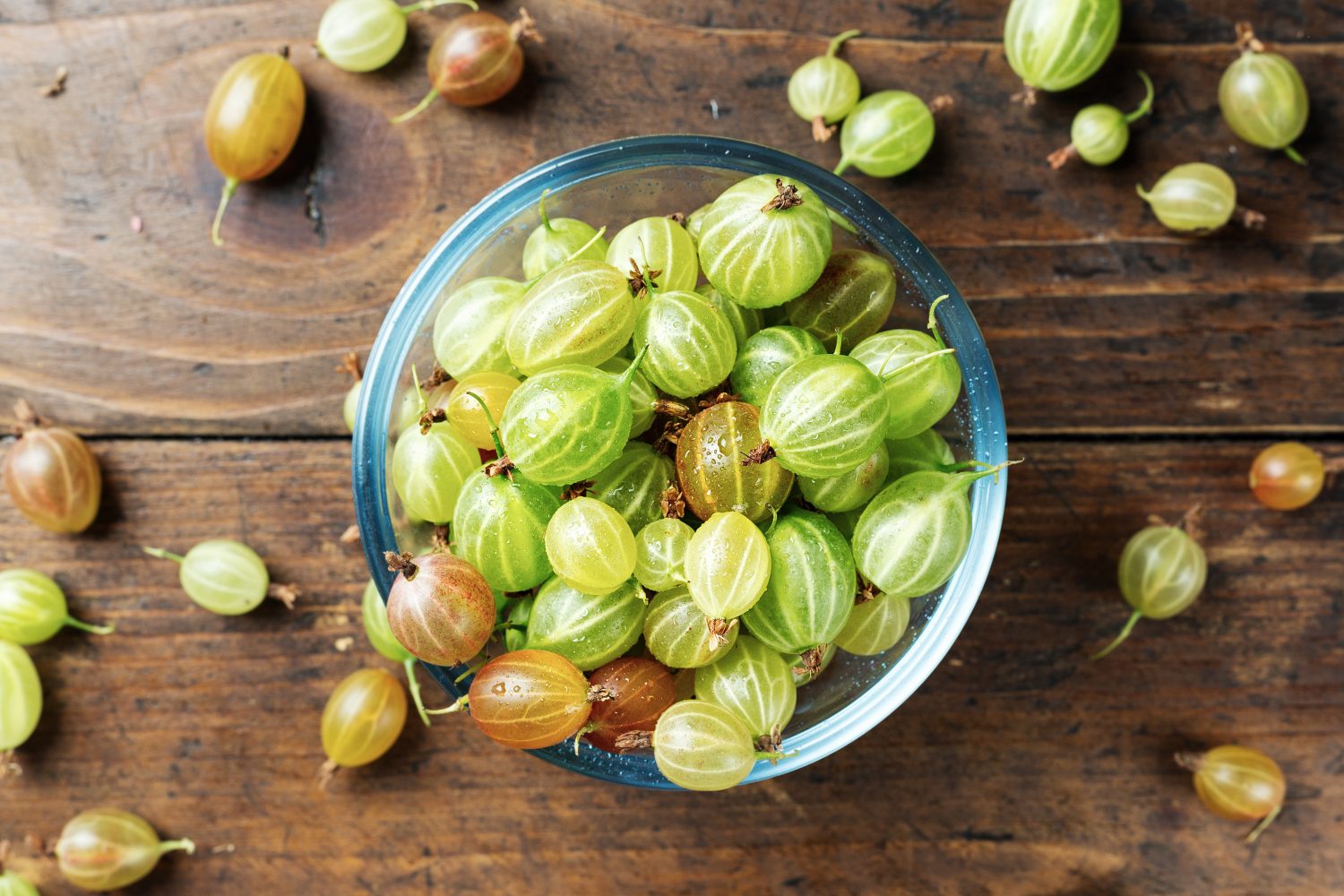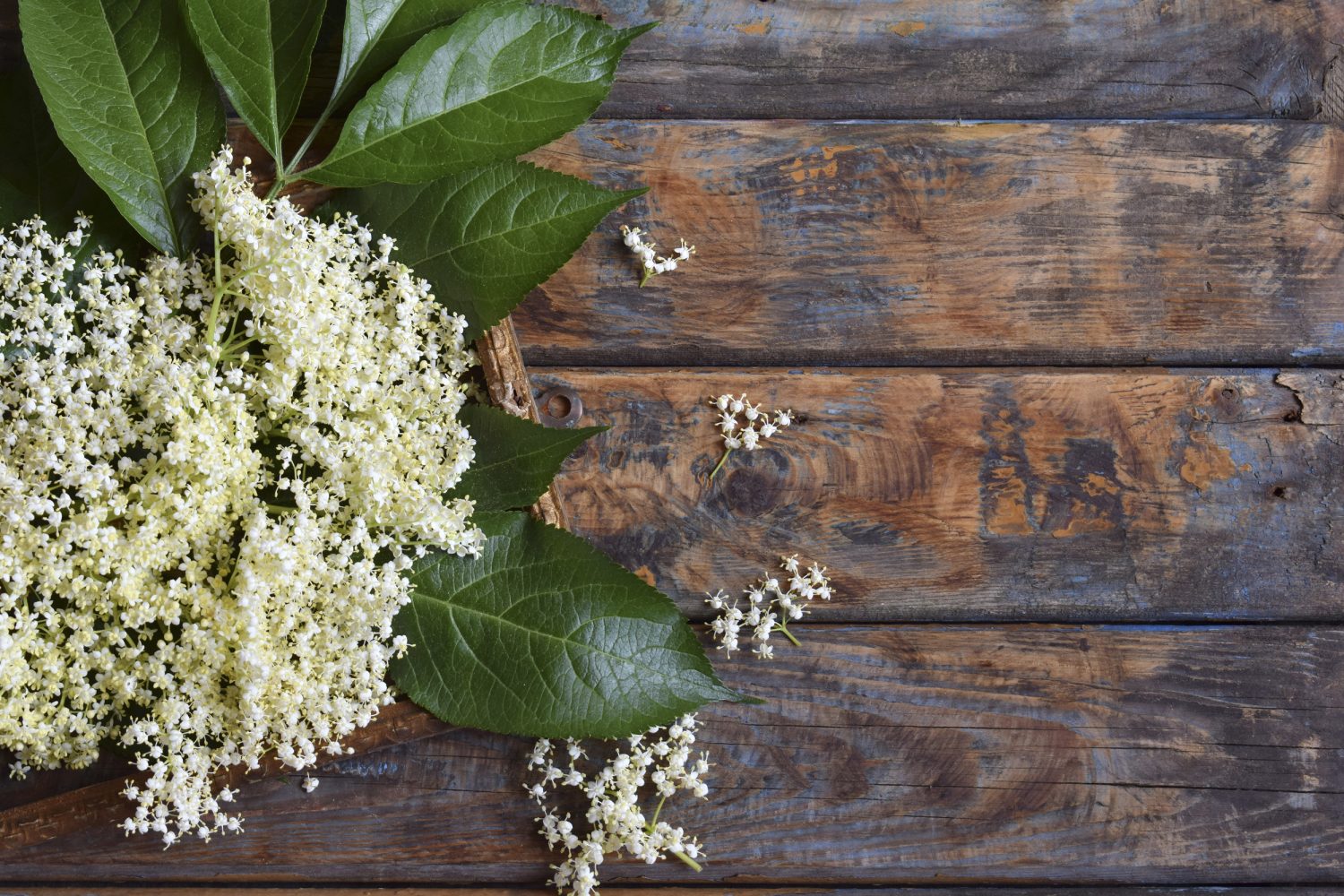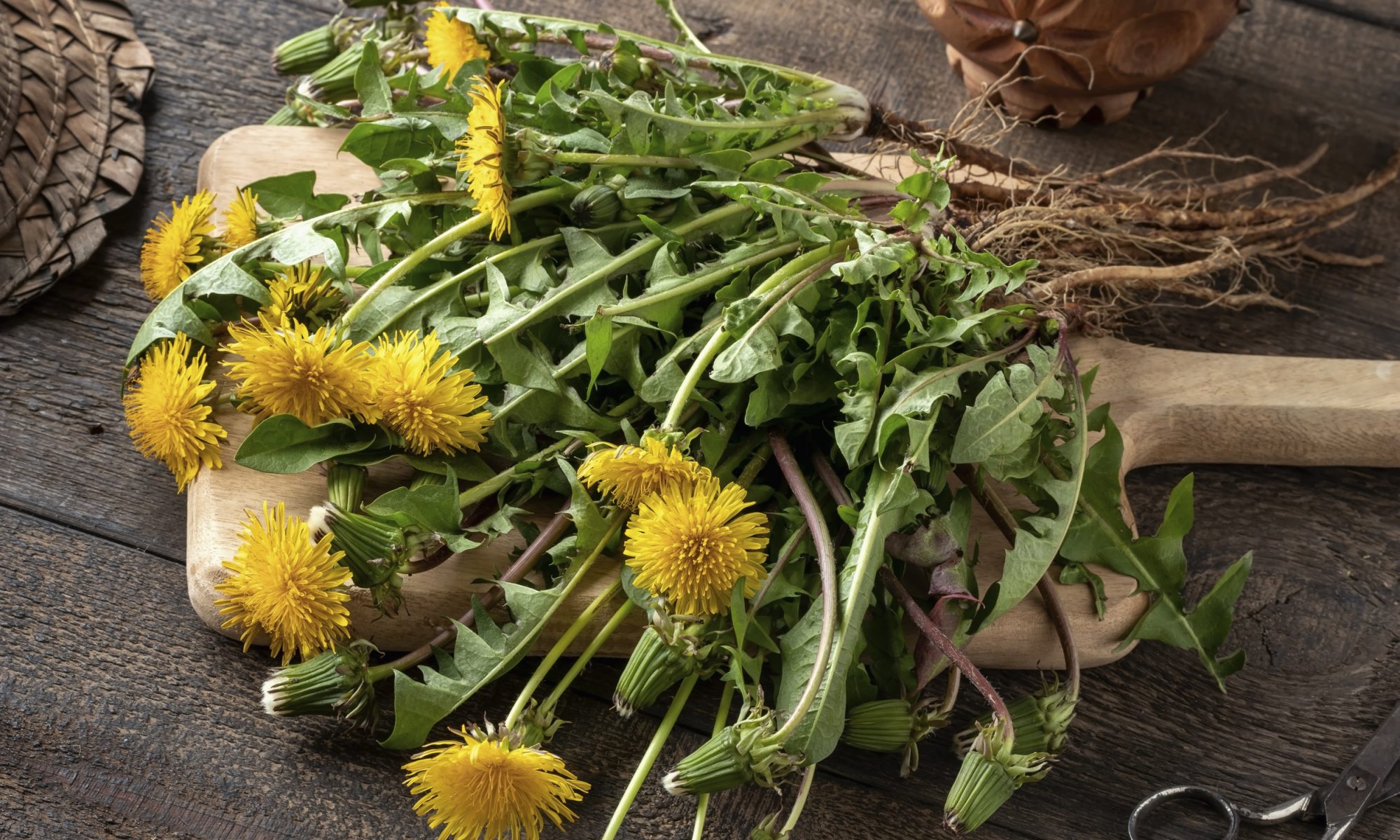Foraging expert and self-sufficiency instructor Michael White explains how to reap the rewards of making your own wine – no grapes required!
Do you enjoy drinking wine? Of course you do, but have you ever considered making it yourself? Very few have, but the process is simple and can produce fantastic results.
The first challenge is to let go of the obsession with grapes. Despite this fruit dominating the scene since antiquity and undoubtedly producing some stunning beverages, there is so much scope beyond the vine. ‘Country wine’ is the broad term used to describe any tipple made from a vast array of alternate ingredients and while the likes of strawberries, plums and raspberries feel like a natural fit, wheat, pea pods, parsnips and many other weird and wonderfuls can be used to produce delicious results. If at this point you are chortling into your Chablis at the very thought, bear in mind that sparkling gooseberry wine was once banned in France to prevent it being sold as an almost indistinguishable counterfeit Champagne.
Wine making goes hand-in-hand with gardening as a valuable form of preservation, making use of gluts and allowing produce to be enjoyed out of season. Just imagine the satisfaction of sipping a vintage spiced beetroot, with your Christmas pudding! Beyond the garden gate, foraging is an excellent and fulfilling way to find top quality ingredients, which happily don’t rely on your prowess as a gardener.

As we all try to eat (and drink) with the seasons, nothing embodies this ethos better than gathering from the natural environment. The possibilities are endless, but certain wild wine ingredients really stand out, as the year unfolds. In early spring the sap of birch and sycamore can be fermented along with spring greens and herbs such as stinging nettle, wood sorrel and oak leaves. Late spring and summer shower us with floral potential as dog roses, dandelion, elderflower and lime blossom appear. Autumn on the other hand is all about the fruit, with rich concoctions of cherry plum, hips, haws and elderberry. If you are of an experimental bent, then a few fungi including chanterelles also have alcoholic potential. A wine from this iconic mushroom is golden, with a hint of apricot and also contains the mood enhancing compound serotonin, so is guaranteed to leave you smiling.
“Bear in mind that sparkling gooseberry wine was once banned in France to prevent it being sold as an almost indistinguishable counterfeit Champagne“
Broadly speaking foraging for fermentable ingredients is unlikely to bring you into contact with the more dangerous or difficult to identify plants, but naturally it is of vital importance to forage safely. Learning from someone with experience is always the best way, but there are many foraging books and internet resources which, if used carefully, can be extremely useful. Also be aware of the ever-present risk of pollution from crop sprays, vehicle exhausts and contaminated water. Along with our own wellbeing it is also vitally important to consider the continuing health of the environment from which you gather and to forage sustainably. Particularly when harvesting flowers, fruit or seeds – the law of thirds can be a helpful rule of thumb. One third for you, one for wildlife and one for the plant to distribute their seeds.
When it comes to converting your garden or foraged ingredients into something quaffable, the process needn’t be complex. By using traditional techniques great results can be achieved and often without the need of expensive equipment or chemical additives, such as the sulphites so commonly used in commercial wine production.
To pursue your new calling as an artisan producer of wild wine, you will need no more than a sealable food grade bucket – a large stainless stock pot also works – a demijohn (a one-gallon fermentation vessel) and a hole bored cork and air lock. The airlock is a simple device, based on a water filled u-bend which allows carbon dioxide out during fermentation, but prevents air from entering.
The theory and possible techniques around wine making are considerable, but in its simplest form the process is straightforward and remains similar for the majority of recipes. Initially the base ingredients, usually including sugar, are steeped in boiling water to extract colour and flavour whilst simultaneously being sterilised. Next the liquid is strained into a demijohn and combined with wine yeast to begin the fermentation process. This works best in a warm spot and the airlock must be tightly fitted at all times. After a period of up to six months, fermentation will cease and the finished wine will clear, depositing a thick sediment. At this point the wine can be syphoned or poured into glass bottles for storage. Some skill is required to not disturb the sediment, but a hearty sample does wonders to steady the hand.

The theory and possible techniques around wine making are considerable, but in its simplest form the process is straightforward and remains similar for the majority of recipes
Don’t expect every batch to be perfect, but if a few basic principles are adhered to, success should be frequent. Unwanted microbes can result in undesirable flavours and poor fermentation, so all equipment should be sterilised using a shop bought solution or boiling water. In a similar vein, air contains many microbes including acetic acid producing bacteria and should be excluded during fermentation and storage to save your precious alcohol being turned to vinegar. So, remember your airlock and avoid large air gaps in demijohns and bottles.
Once the basic techniques are mastered and you have produced a decent still wine, the possibilities of sparkling wines, sweet dessert wines and other delights open up before you and very soon your wine rack, fridge and cupboards under the stairs will be crammed with wine for every occasion. Elderflower makes one of the finest wild wines, so now is the perfect time to have a go.
Elderflower Wine
● 1 pint elderflower florets (pressed down). Harvest these on a sunny day for maximum flavour
● 2½ lb white sugar
● 1 grapefruit
● 8 pints boiling water
● wine yeast with nutrient
Method
1. Place florets, sugar and grapefruit juice and zest into a steeping bucket.
2. Pour over boiling water, stir to dissolve sugar and fit the lid.
3. After two days, strain the liquid into a demijohn with yeast and nutrient.
4. Fit airlock and place in a warm, dark place to ferment.
5. When bubbles cease to rise and the wine is clear, syphon or pour wine into glass bottles for storage and serving.
6. Drink chilled with great satisfaction.
Michael White is a self-sufficiency instructor and consultant based in Cranbrook, Kent. For more information visit ruralcourses.co.uk, @rural_courses on Instagram or Rural Courses on Facebook.
You may also like
In the Night Garden
Jo Arnell explains how to make the most of your outdoor space once darkness falls Some enchanted evening you may see me outside – mainly searching for slugs in the garden, because the cool hours of night are when they...
Contain your excitement
Jen Stuart-Smith discusses how to get creative with your pots and planters My love affair with plants started with houseplants when I was a child. As my bedroom windowsill overflowed – resulting, occasionally, in waking up with compost under my...
More than just a pretty face
Jen Stuart-Smith explores the multiple uses of some easy-to-grow garden favourites When you grow flowers for their beauty, shape and colour it can be easy to forget all the other qualities they have to offer. Some are edible, others provide...










